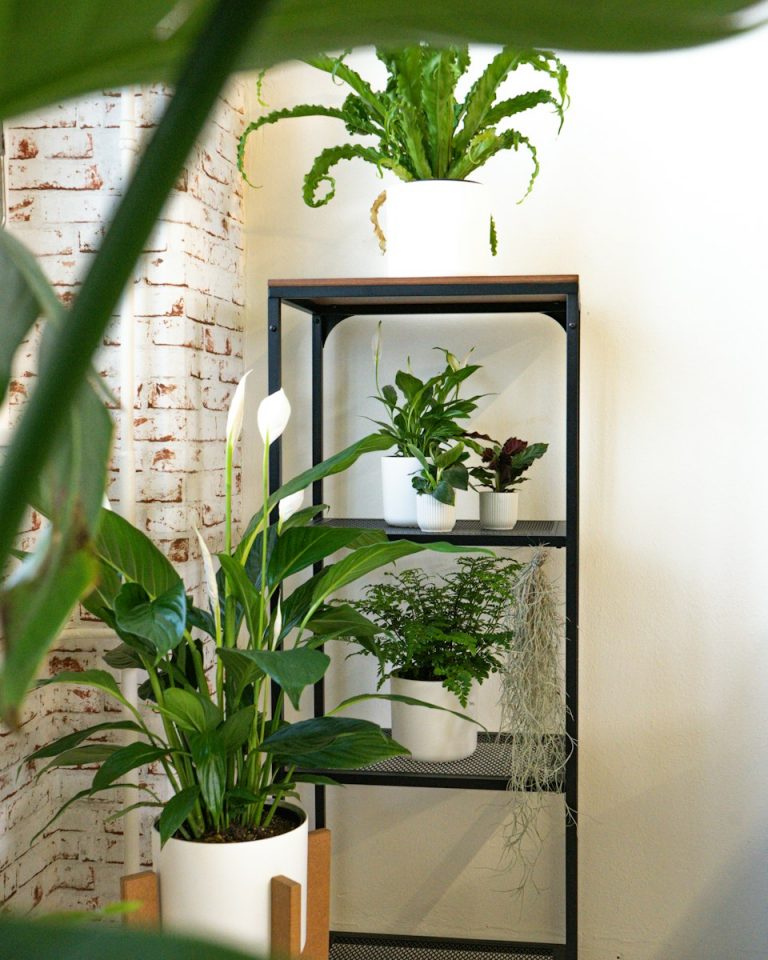There’s nothing more fascinating than the beauty and versatility of air plants. Almost like they take over and make a statement to anyone walking into the space. But first, here’s everything you need to know about creating stunning displays with air plants:
Types of Hanging Air Plants
These are the different types of air plants that will add a unique touch to your space:
- Tillandsia Ionantha
Characterized by vibrant green leaves and a blooming red, this plant is a common variety that you’ll find in many homes.
- Tillandsia Xerographica
Gray, twisting, and curly leaves are what this plant is all about. But with air plants like Tillandsia Xerographica, you’ll have to learn how to present them and care for them so their aesthetic value can last a lifetime. They require a little water and thrive in drier conditions.
- Tillandsia Capitata
If you’re hoping for a thick, succulent, leafy display, the Capitata is your best bet. The plant births a beautiful pink and purple blooming color.
Displaying Your Air Plants
- Using the Right Materials Makes a Difference
When showcasing air plants, there are a variety of materials that will get the job done. By using the correct hanging technique, you’ll elevate your plants. For instance, wire hangers like aluminum craft wire will create a modern look.
However, air pot cradles have a Bohemian vibe to them. Orchid baskets will provide an organic feel and a wood ranch adds rustiness. Pick your material according to the kind of look and feel you’re going for.
- Both an Indoor and Outdoor Display Would Work
Depending on the style and versatility you’re looking for, you can make the most of your air plants. Whether Tillandsia Xerographica or Tillandsia Ionantha, you can display them in your indoors or outdoors.
Mount or hang them on shells or bark, or use a glass that will help you display them from all angles. If you’re looking for the bare minimum, gather them in bowls. They’ll still look amazing.
To bring the beauty of hanging air plants into your indoor space, find creative ways to showcase them. They incorporate much-needed greenery and add a chic look to your bottom line. Low-maintenance plants are perfect for small spaces and can enhance the aesthetic appeal of any room. Start with one display at a time, and soon you’ll master everything air plants.
Care Tips For Air Plants
Caring for hanging air plants includes providing them with a well-lit area, avoiding direct sunlight, using a humidifier or misting regularly, ensuring proper air circulation, and choosing a suitable hanging method.
Remember, light is your most important element. As we’re going for indirect sunlight, widows facing the east, west, or south are the best. North-facing windows will only bring in a little light, especially during winter.
When displaying outdoors, go for frost-free zones but don’t expose your plants to too much sunlight. They’ll get enough air and moisture outside but you’ll need to water them in hot and wet climates. Overwatering these plants could make them fall apart. So, pay attention to your pleasant species to know how much watering is required.
Air plants don’t need fertilization as an occasional feeding is enough to help them grow. The best fertilizers are orchid or bromeliads liquid fertilizers. Aim for use once in the summer and spring.
Tips To Help You Keep Your Air Plants Alive
Information on caring for air plants is not a dime a dozen. But you know what they say, knowledge is power. Here are the best tips you’ll find on keeping your air plants alive, no matter their species:
- Light, light, light!
Light is an essential part of the plant photosynthesis process. So, your air plants will need light to thrive. If keeping the plants indoors, have them a few feet from the window. When outside, place them strategically so they receive light. Ideally, this should be dappled shade in climates with the strongest sunlight and full sun in mild climates.
- Observe the temperatures
Most air plants will die at excessive temperatures. For instance, you’ll spot damage on your leaves at 40 degrees F. But on the opposite end, air plants can tolerate high temperatures of up to 100 degrees F as long as proper watering and a lack of direct sunlight are present.
- Avoid Copper
Copper wire and accessories are toxic to air plants. When copper is exposed to a mixture, it increases its reactivity to the environment. This oxidation process will halt the uptake of nutrients and create deficiencies for your air plants.



0 Comments